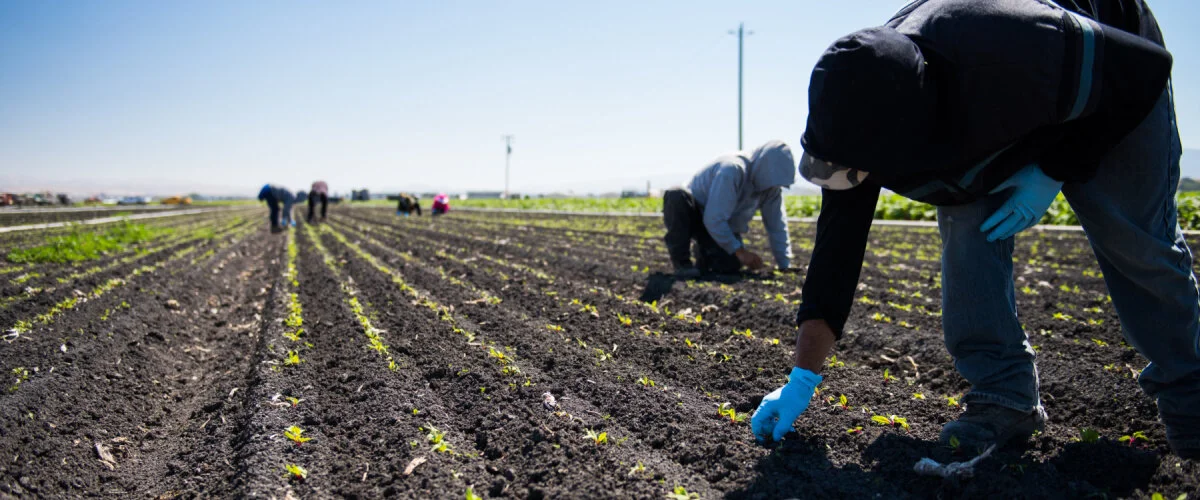California water is open to speculators: 3 predictions for what will happen next
Photo by Brittany App
Last month, I read a headline in Bloomberg: California Water Futures Begin Trading Amid Fear of Scarcity. Due to the nature of my work, any story about water is a must-read. I took in the first couple paragraphs:
Farmers, hedge funds and municipalities alike are now able to hedge against -- or bet on -- future water availability in California, the biggest U.S. agriculture market and world’s fifth-largest economy. CME Group Inc.’s January 2021 contract, linked to California’s $1.1 billion spot water market, last traded Monday at 496 index points, equal to $496 per acre-foot.
The contracts, a first of their kind in the U.S., were announced in September as heat and wildfires ravaged the U.S. West Coast and as California was emerging from an eight-year drought. They are meant to serve both as a hedge for big water consumers, such as almond farmers and electric utilities, against water price fluctuations as well as a scarcity gauge for investors worldwide.
I don’t know about you, but I find these words disconcerting to say the least. For anyone in the U.S. — let alone in California, let alone a farmer — to be potentially impacted by people interested in speculating and driving the cost of water feels like adding insult to injury. It’s completely outside the economic model that’s sustainable for agricultural production.
As I’ve thought about how California’s water is now at the mercy of the market, I’ve developed three predictions:
1. Speculators will broaden the playing field.
The beginning index comprises basins along the south end of the Grapevine (i.e. the Central Basin, the Chino Basin, the Main San Gabriel Basin, and the Mojave Basin Alto Subarea) — an area whose water has less agricultural uses than that of the north end of the Grapevine. Starting with this low-ag area was a very calculated first move for the new water index; it was a way for traders to get a foot in the door. Now that trading has opened, it’s just going to creep, year by year, into districts that supply primarily ag-related businesses. That’s really concerning.
2. Foreign traders will hold the power to eliminate competition.
Our economy needs water to function. According to the California Department of Food and Agriculture at last reporting, California grows over a third of our nation’s vegetables and two-thirds of its fruits and nuts. What happens when competing states and countries that grow similar crops manipulate something like the price of water? With all its resources, China could have an entire team of people buying and selling water futures in California every day. That’s happened with other natural resources in Brazil, Africa, India. It resembles a game of RISK more than it does a modern agricultural economy. That’s my biggest concern about speculating on a limited resource supplied by Mother Nature.
3. Water futures will exacerbate an already unsustainable situation.
Think of the 3 billion pounds of almonds grown in the San Joaquin Valley each year. Those permanent orchards are already under duress in Kern County, with the Sustainable Groundwater Management Act (SGMA) mandating that farmers take 20 percent of their crops out of production to alleviate overdrafting that's already occurred. Under SGMA, those almond orchards should only reach sustainability in 20 years. To introduce water futures is to manipulate an already dire situation.
So how does a person push back against a train that’s already left the station?
Be aware that things are changing. Watch for high volatility in water prices, and watch for additional/creeping water districts that are added to the pool of water that’s traded. Keep your eyes open and your chin up.
And eat your veggies.

